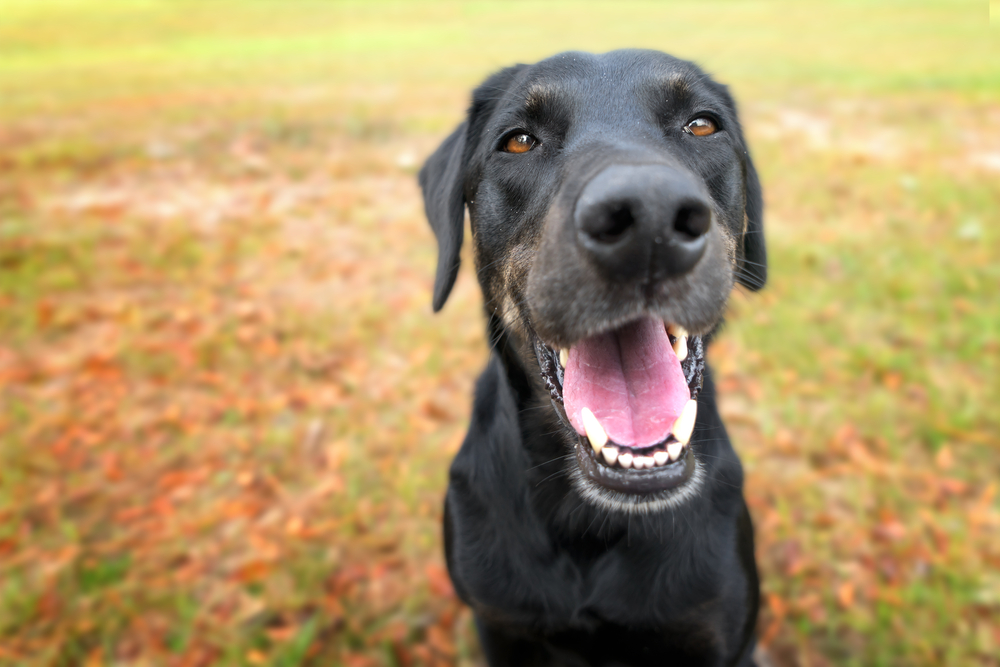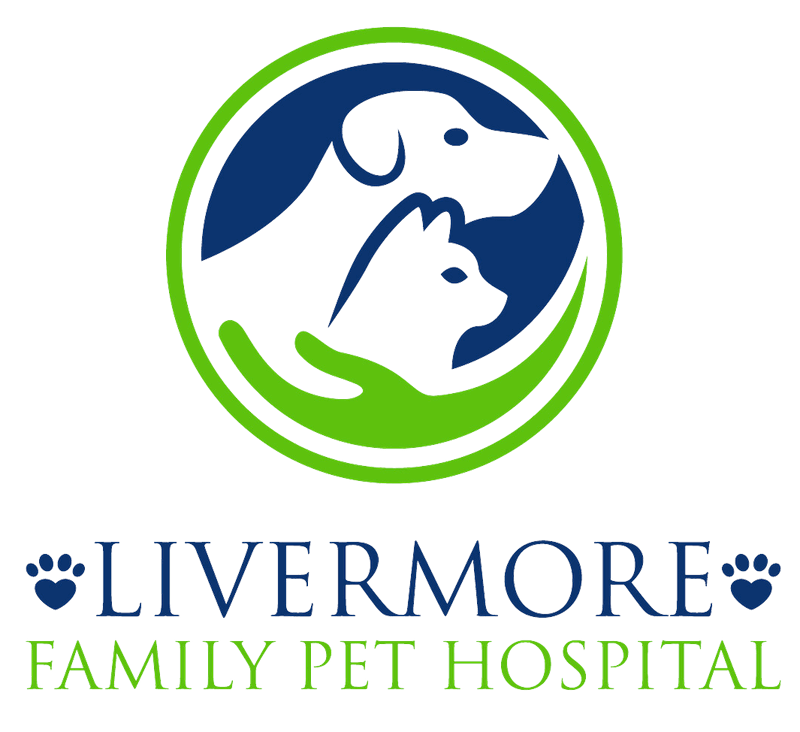
You might fondly remember your sweet little puppy’s fresh breath. But, stinky doggy breath? Not so sweet! While many people think malodorous doggy breath is normal, the rank odor is actually a dental disease sign. In addition to oral and systemic health issues, bacteria that attack your pet’s mouth cause the stench. However, by caring for your pet’s oral health at home and ensuring our Livermore Family Pet Hospital team regularly examines your furry pal’s mouth, you help maintain their oral and overall health, keeping your pet’s kisses sweet.
Choose appropriate pet dental care products
Before brushing your pet’s teeth, you will need the right supplies. Not just any toothbrush and toothpaste will do. Human toothpaste likely includes fluoride, which your furry pal should not swallow. Choose a pet-safe toothpaste in a tasty flavor that entices your pet. In addition, you will need a soft-bristled toothbrush in a size appropriate to your pet’s mouth size. A finger brush may work best, or a child’s toothbrush may also get the job done. Products the Veterinary Oral Health Council (VOHC) has approved are proven to slow plaque and tartar accumulation, making them the most effective products for battling pet dental disease.
Introduce your pet to toothbrushing
Once you’ve gathered your toothbrushing supplies, begin introducing this care routine to your four-legged friend. Introduce your pet to toothbrushing at a time when everyone in your household is relaxed and quiet—perhaps the wind down between dinner and bedtime. Choose a spot that is out of the way, but one in which your pet feels comfortable. Although the bathroom may seem like a good place to brush your pet’s teeth, they may be nervous there if they dislike baths or the small, enclosed space. Consider performing this care routine on your pet’s favorite couch spot. Follow our step-by-step guide to brushing your pet’s teeth:
Step 1: Squirt a pea-sized amount of toothpaste on the toothbrush, and let your pet lick it off.
Step 2: Once your pet is no longer eyeing the toothbrush suspiciously, apply more toothpaste, and gently slide the brush into your pet’s mouth, focusing on the teeth along the cheek.
Step 3: Let your pet lick and gnaw on the toothbrush if they want, and remove the toothbrush once the paste is gone.
Step 4: Reapply the toothpaste, and brush the other side of your pet’s mouth.
Step 5: Once your pet is excited about—or at least tolerates—the toothbrush in their mouth, begin moving it in a gentle scrubbing motion. If the scrubbing motion initially worries your pet, stop, and let them lick the toothbrush again. Do not hold your pet’s head or force them to accept the toothbrush.
Step 6: After your pet calmly accepts the toothbrush’s scrubbing motion, move along their mouth’s four quadrants. Your pet may agreeably open their mouth and let you brush their teeth’s lingual side (i.e., the side facing the tongue). However, accessing these surfaces can be challenging, so concentrate on the buccal (i.e., cheek) side.
Step 7: Immediately after the toothbrushing, give your pet boundless praise. Offer them their favorite reward—a quick game of fetch, a scratch under the chin, or a piece of cheese. So you don’t always undo the toothbrushing session’s hard work by providing a sticky treat, eventually phase out the highest-value reward, and replace it with praise and kisses.
Strive to brush your pet’s teeth daily, as you would brush your own. However, we know life is busy, so—to help minimize plaque and tartar buildup—shoot for at least three toothbrushings per week.
Combine at-home dental care with veterinary services

Daily toothbrushing is an excellent way to help maintain your pet’s oral health. However, toothbrushing is not enough, and only your veterinarian can fully examine, evaluate, and treat your pet’s dental issues, especially problems below the gumline. Annual—or more frequent—professional dental cleanings are a must. While your pet is under anesthesia, our team can safely and thoroughly examine each tooth and the surrounding structure for issues. We will remove plaque and tartar above and below the gumline and—to help prevent new bacteria from sticking to your pet’s teeth—polish your furry pal’s teeth to a smooth shine. We can also extract diseased teeth, which removes a significant pain and infection source. By pairing regular professional dental care with your at-home efforts, your furry pal can flash a healthy, pain-free smile.
By brushing your pet’s teeth daily, you help reduce plaque and tartar buildup, but keep in mind that professional dental cleanings are just as important to your furry pal’s oral health. Contact our Livermore Family Pet Hospital team to schedule your pet’s oral health exam and dental cleaning.

